In recent years, hot stone massage has gained widespread popularity as a luxurious and effective form of relaxation therapy. This therapeutic technique involves placing heated stones on specific points of the body to ease muscle tension, improve circulation, and promote overall well-being. Whether you’re seeking relief from chronic pain or simply looking for a way to unwind, understanding the intricacies of hot stone massage can enhance your experience and maximize its benefits.
Understanding Hot Stone Massage Techniques

Hot stone massage is an artful blend of massage therapy and energy healing that utilizes smooth, heated stones to facilitate deep tissue relaxation. As with any specialized technique, understanding the various methods and practices involved can ensure you receive optimal results, whether as a practitioner or a recipient.
The core concept behind hot stone massage revolves around using heat to warm up muscles, allowing for deeper penetration of massage oils and hands-on techniques. Knowing the different approaches and the importance of proper stone placement can significantly influence the effectiveness of the treatment.
The Basics of Technique and Practice
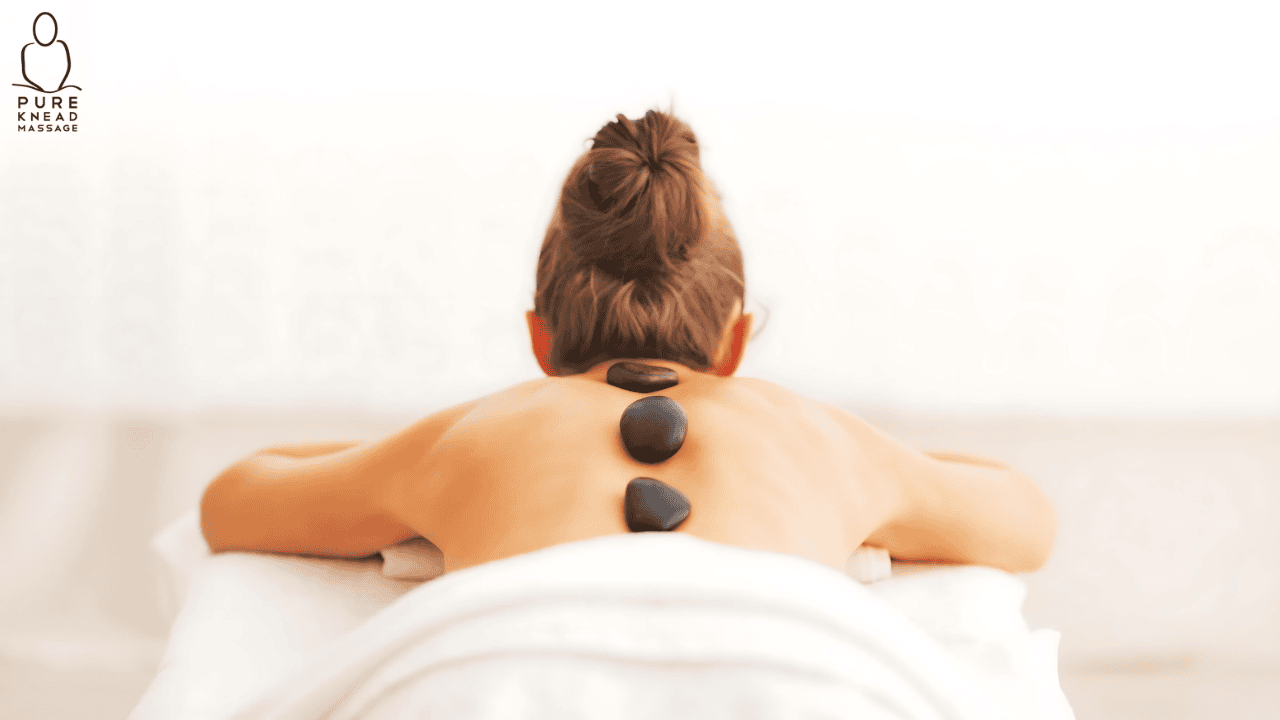
At its foundation, hot stone massage combines traditional massage strokes—such as effleurage, petrissage, and friction—with the strategic placement of heated stones. Skilled therapists use basalt stones, known for their high heat retention, and carefully position them on key areas like the back, shoulders, and abdomen to target tension points.
The process begins with warming the stones to a precise temperature, usually between 110°F and 130°F (43°C – 54°C). These stones are then sanitized thoroughly before application. The therapist may either hold the stones in their hands to perform direct massage or place them on the body while working on other areas, allowing the heat to penetrate deep into the muscles.
An essential aspect of technique is maintaining consistent temperature control. Too hot, and there’s a risk of burns; too cool, and the therapeutic effect diminishes. Therefore, practitioners need to monitor temperature regularly and adjust accordingly. Additionally, the sequence and placement of stones follow an ergonomic pattern designed to maximize relaxation and address specific muscular issues.
Types of Stones and Their Placement Strategies

In hot stone massage, stones are not only tools but also part of a strategic approach to healing. Typically, therapists use smooth, rounded basalt stones because of their excellent heat retention and smooth surface, which minimizes discomfort.
Common placements include:
- Along the spine: To release tension in the back muscles and spinal vertebrae.
- On the shoulders and neck: To alleviate headaches and shoulder stiffness.
- On the legs and feet: To promote circulation and reduce swelling.
- Across the abdominal area: For gentle relaxation and digestive benefits.
Some techniques incorporate moving heated stones over the skin, combining traditional massage strokes with warm stone gliding. Others involve resting stones in key zones for extended periods, allowing heat to penetrate deeply and loosen tight muscles.
Safety Precautions and Best Practices
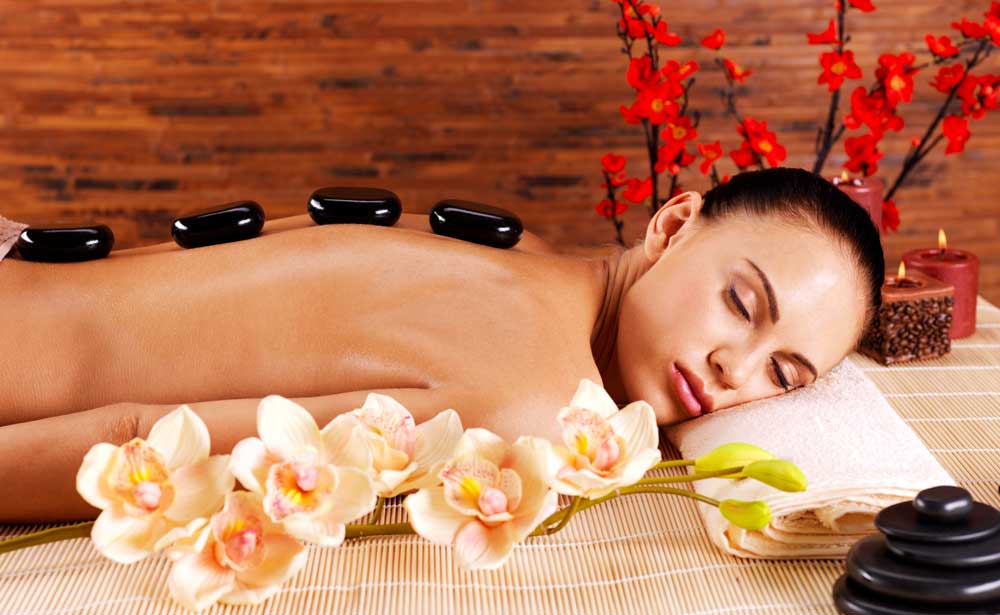
While hot stone massage offers numerous advantages, safety remains paramount. Proper training ensures therapists understand how to select appropriate stones, prepare the correct temperature, and avoid potential hazards like burns or skin irritation.
Therapists should always check with clients about their medical history, including conditions such as diabetes, circulatory issues, or skin sensitivities, which might contraindicate heat therapy. It’s advisable to avoid hot stone massage during certain conditions like pregnancy without medical approval.
Maintaining hygiene by sterilizing stones between sessions prevents bacterial transfer. Moreover, ensuring client comfort through proper draping, communication, and temperature checks enhances the overall experience and safety.
Benefits of Hot Stone Massage for Relaxation
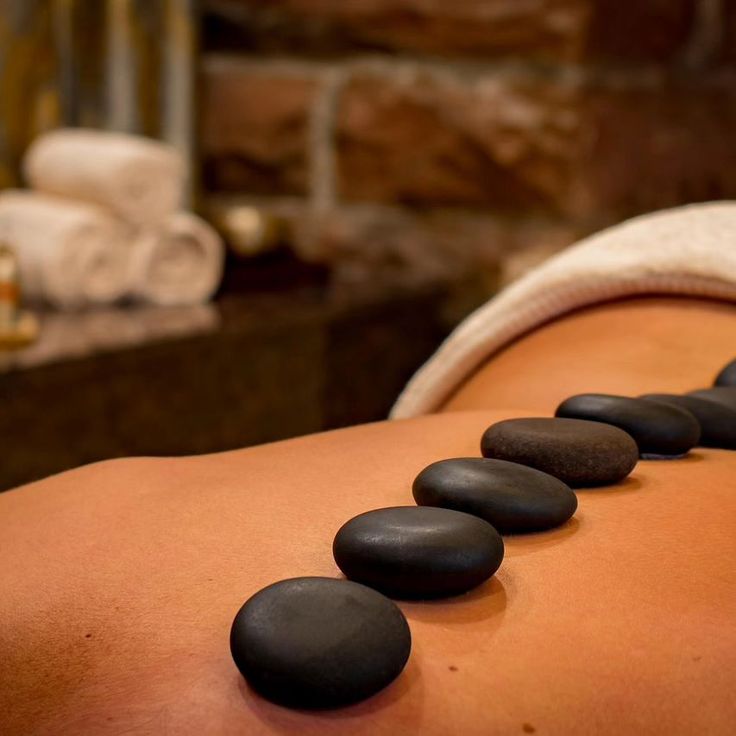
The profound impact of hot stone massage extends beyond mere relaxation. It influences both physical and mental health, making it a popular choice for those seeking holistic wellness solutions. The warmth and pressure applied during the session help relax tight muscles, ease stress, and stimulate bodily functions.
Understanding these benefits can motivate individuals to incorporate hot stone massage into their regular wellness routines or seek professional treatments tailored to their needs.
Physical Health Benefits

Physically, hot stone massage offers significant advantages, especially for individuals suffering from muscular discomfort or chronic pain. The heat from the stones causes blood vessels to dilate, which enhances blood flow and oxygen delivery to tissues. This process accelerates healing, reduces inflammation, and alleviates soreness.
Muscle relaxation achieved through heat facilitates easier manipulation during massage, allowing for more effective kneading and stretching. Consequently, clients often experience reduced muscle stiffness, fewer cramps, and improved flexibility. This makes hot stone massage particularly beneficial for athletes or individuals with physically demanding lifestyles.
Moreover, the soothing warmth can help relieve symptoms associated with conditions like fibromyalgia, arthritis, and migraine tension. Regular sessions may even contribute to better posture by loosening tight muscles that cause misalignment.
Mental and Emotional Impact
Beyond the physical, hot stone massage delivers powerful mental and emotional benefits. The sensation of warmth and rhythmic movements fosters deep relaxation, reducing cortisol levels—the body’s primary stress hormone. This calming effect can diminish anxiety, depression, and sleep disturbances.
Many clients report feeling a sense of mental clarity and heightened mood after a session, attributing this to the release of endorphins induced by heat and touch. The tranquil environment combined with the comforting weight of heated stones creates a meditative state, helping individuals disconnect from daily stressors.
Furthermore, hot stone massage aids in releasing emotional blockages held within tense muscles, promoting emotional healing alongside physical relief. The holistic nature of this therapy aligns with integrative health approaches, emphasizing mind-body harmony.
Enhanced Circulation and Detoxification

The vasodilating properties of heat encourage increased circulation, which plays a critical role in detoxification. Improved blood flow helps remove metabolic waste products from tissues, supporting the lymphatic system. This process contributes to clearer skin, reduced fluid retention, and enhanced immune function.
In addition, the warmth stimulates the nervous system, promoting parasympathetic activity—the body’s relaxation response—resulting in lower heart rate and blood pressure. Such effects contribute to overall cardiovascular health and resilience against stress-related illnesses.
Improving Sleep Quality

A lesser-known benefit of hot stone massage relates to sleep improvement. The relaxation induced by heat therapy can help regulate circadian rhythms and promote deeper, more restorative sleep cycles. Clients suffering from insomnia or disrupted sleep patterns often find that regular treatments enhance their quality of rest, leading to increased energy and better mental focus.
Combining Benefits for Synergy
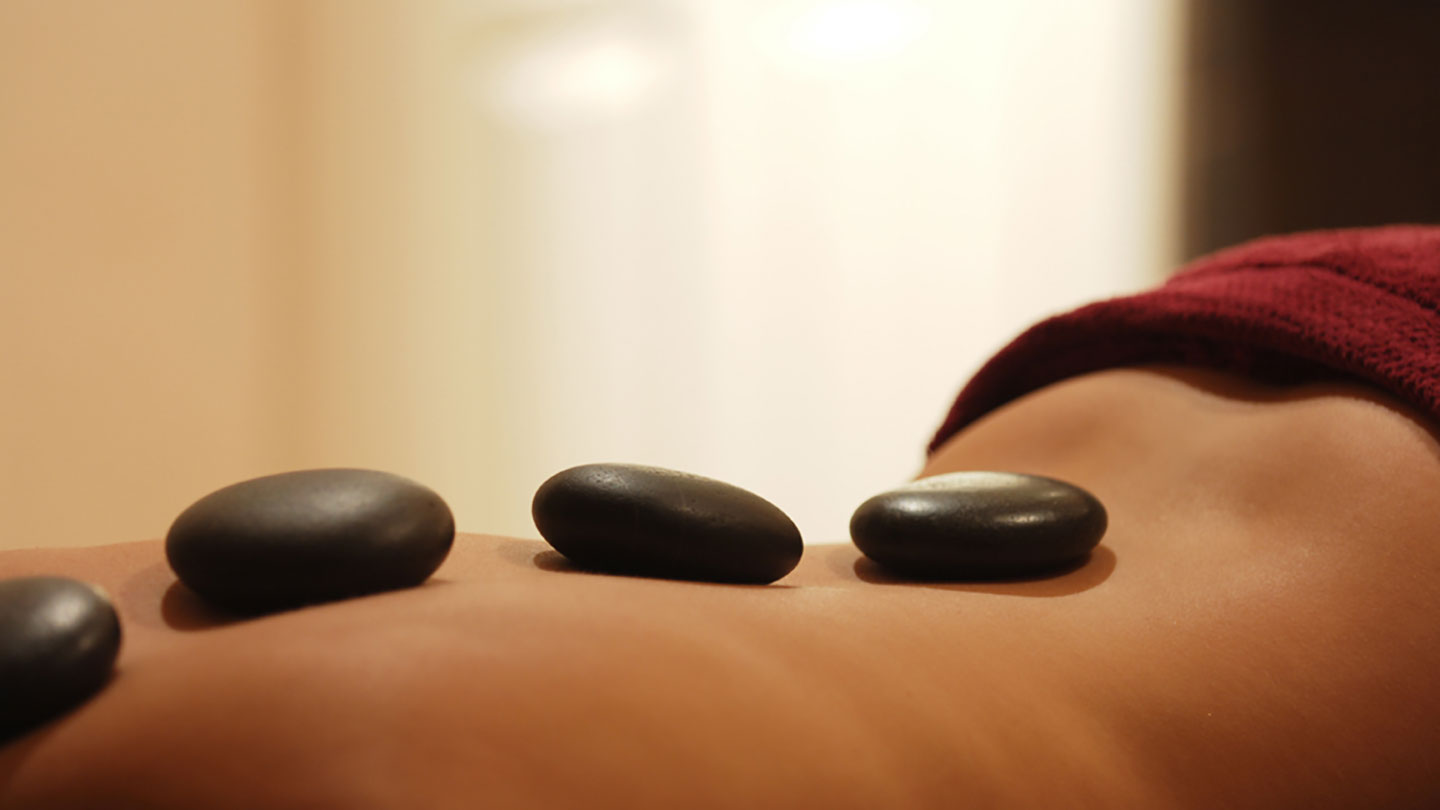
The true power of hot stone massage lies in its ability to simultaneously target multiple systems—muscular, circulatory, nervous, and emotional—creating a synergistic effect that nurtures overall health. When performed correctly, it offers a comprehensive approach to wellness that addresses both symptoms and root causes of discomfort.
Read more: Unlocking the Benefits of Body Heat Massage: A Comprehensive Guide
Choosing the Right Stones for Your Massage
The selection of stones in hot stone massage is crucial for ensuring safety, effectiveness, and comfort. Not all stones are created equal; thus, understanding the qualities and characteristics of suitable stones can significantly enhance the therapeutic outcome.
Having knowledge about stone types, their preparation, and specific uses allows practitioners to tailor treatments based on client needs, preferences, and contraindications.
Types of Stones Used in Hot Stone Massage
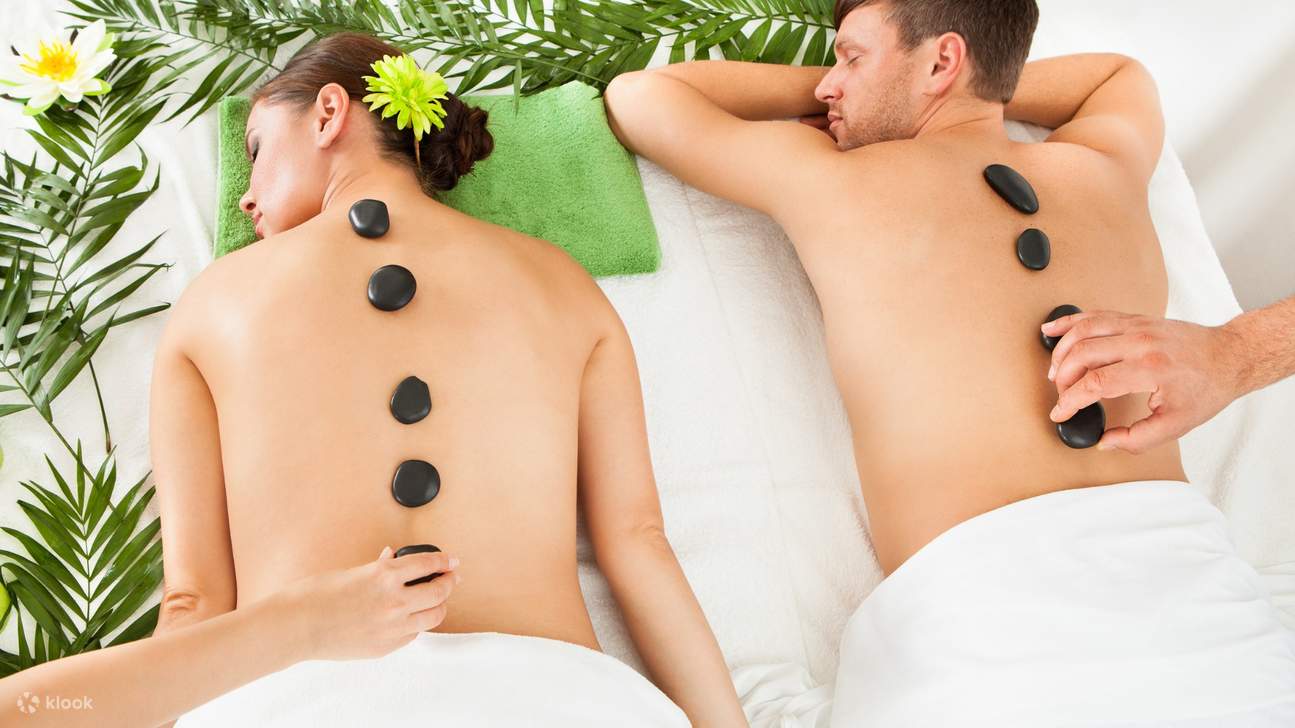
Most hot stone massage practitioners prefer natural volcanic stones, notably basalt, due to their unique properties. Other stones, such as marble or sandstone, may be used for specific applications, but basalt remains the standard choice.
| Stone Type | Main Characteristics | Typical Uses | Advantages |
|---|---|---|---|
| Basalt | Dense, smooth surface, high heat retention | Deep tissue massage, heat therapy | Excellent heat conduction, durable, safe for skin |
| Marble | Cool, smooth, less heat-retentive | Facial massage, cooling applications | Suitable for sensitive skin, provides contrast effects |
| Sandstone | Porous texture, moderate heat retention | Surface massage, acupressure | Good grip, natural feel |
The table above summarizes common stones used in hot stone massage and highlights their respective features, helping therapists choose the most appropriate stones for each session.
Preparation and Maintenance of Massage Stones
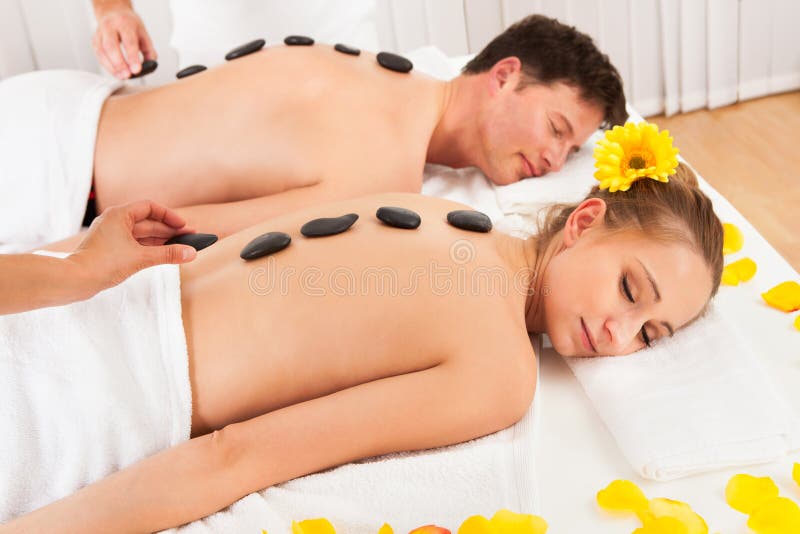
Proper preparation of stones involves cleaning, sanitization, and heating to optimal temperatures. Before use, stones should be washed with soap and water, then disinfected with an appropriate solution designed for spa equipment. This process prevents bacterial contamination and maintains hygiene standards.
Heating stones requires specialized equipment: electric or propane-powered hot stone warmers capable of maintaining consistent temperatures. It’s imperative to monitor the stones during heating to prevent overheating or cold spots. Many therapists utilize infrared thermometers to ensure stones remain within safe temperature ranges.
After each session, stones must be cleaned again, dried thoroughly, and stored properly in a clean, dry environment. Regular inspection for cracks or chips is necessary to prevent injury or damage during future treatments.
Customizing Stone Selection Based on Client Needs
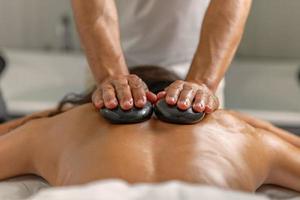
Every client has unique requirements. Some may prefer lighter, cooler stones for sensitive areas or when experiencing inflammation; others may desire deeper warmth for muscle relaxation. To accommodate these preferences, therapists often carry a variety of stones and adapt their choices accordingly.
For example, a client with delicate skin or hypersensitivity might benefit from marble stones or cool compresses, whereas athletes recovering from intense workouts might require hotter, larger basalt stones for deeper penetration.
Additionally, some practitioners incorporate aromatherapy-infused stones or combine hot stone massage with other modalities such as reflexology or aromatherapy for a more personalized experience.
Tips for Safe and Effective Use of Stones
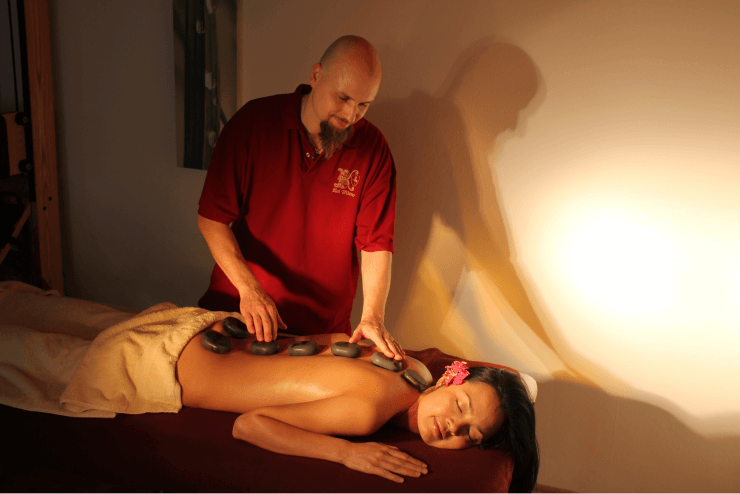
- Always test the temperature of stones before applying to the client.
- Use a towel or cloth between stones and skin if necessary for added comfort.
- Avoid placing stones directly over bony prominences or sensitive areas unless specifically indicated.
- Be attentive to client feedback and adjust temperature or pressure accordingly.
- Incorporate proper draping to maintain modesty and comfort.
By selecting the right stones and employing best practices, therapists can ensure safe, enjoyable, and highly effective hot stone massage sessions.
Finding a Professional Hot Stone Massage Therapist in Brisbane
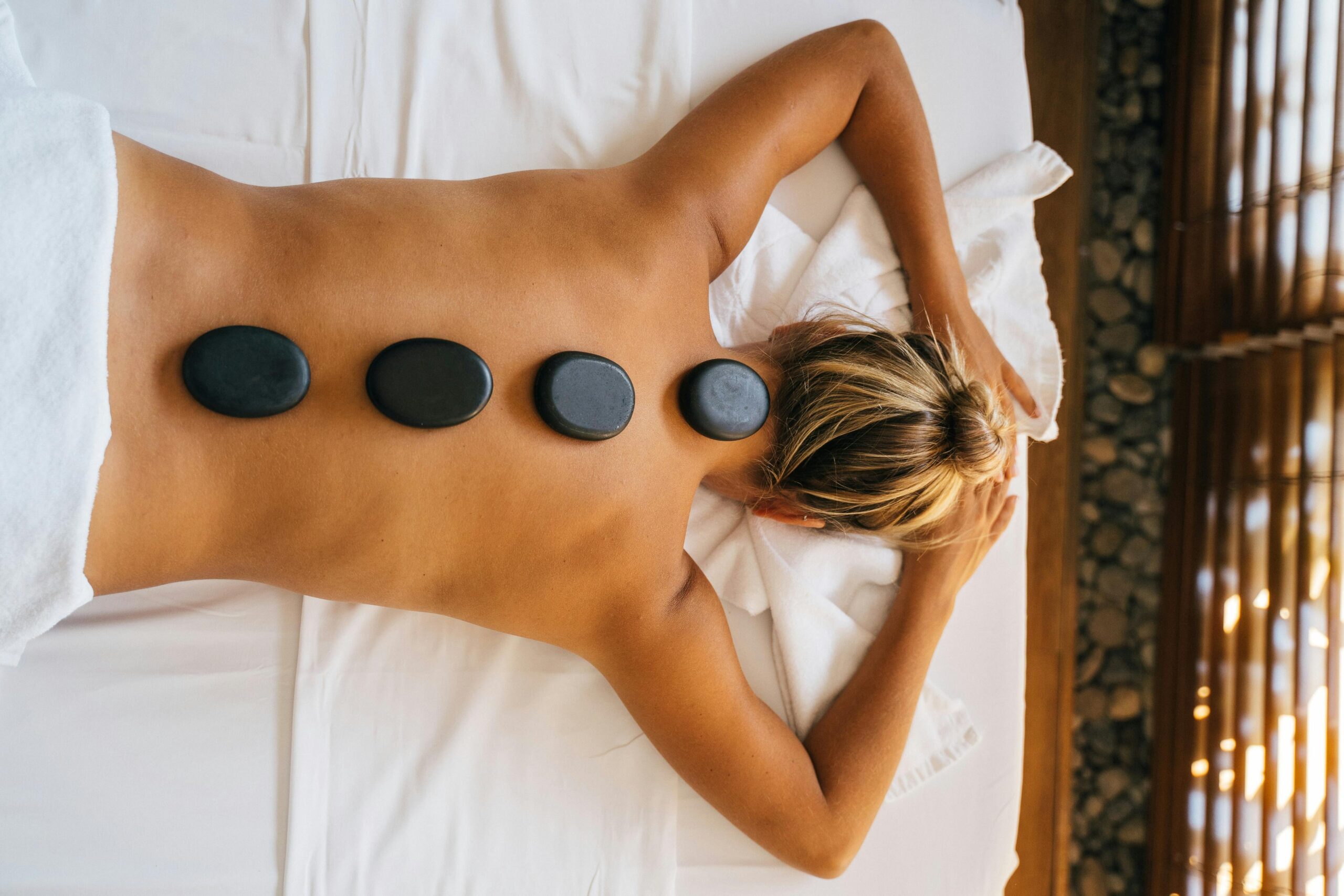
Locating a qualified and experienced hot stone massage therapist is essential for experiencing its full benefits. Brisbane, with its vibrant wellness community, offers numerous options ranging from spas to private practitioners. A few key considerations can guide you toward the right professional for your needs.
Qualifications and Certification Standards
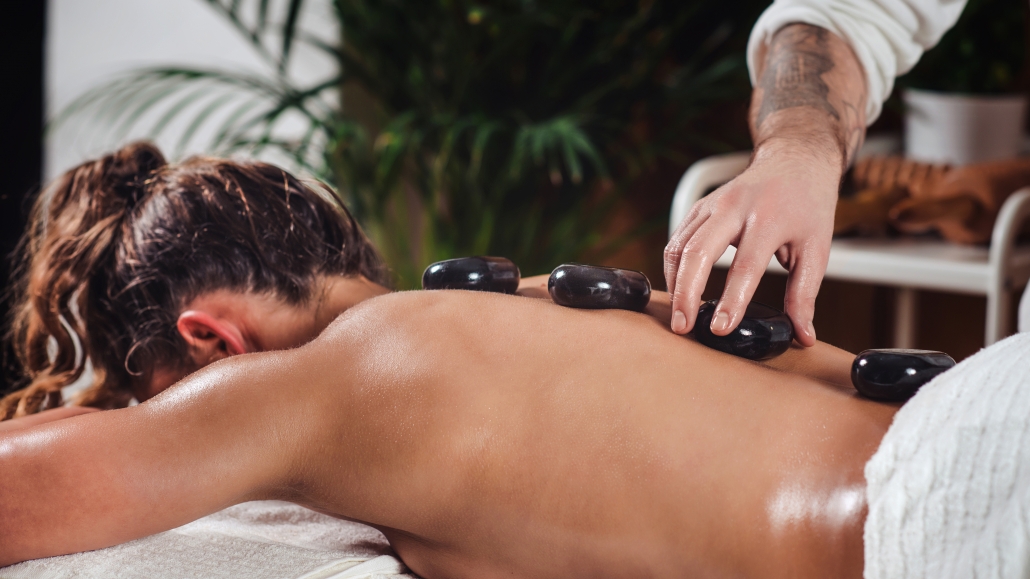
When seeking a hot stone massage therapist, verify their credentials and training. Reputable therapists typically hold certifications from recognized massage therapy associations or institutions specializing in holistic therapies.
Look for qualifications that specify expertise in hot stone massage. These programs include training on safety protocols, stone selection, heat regulation, contraindications, and advanced massage techniques. Certified therapists are more likely to adhere to industry standards, ensuring your safety and satisfaction.
Ask whether the practitioner participates in ongoing education, attends workshops, or belongs to professional networks. Continuous learning indicates dedication to staying updated with best practices and innovations.
Experience and Specialization
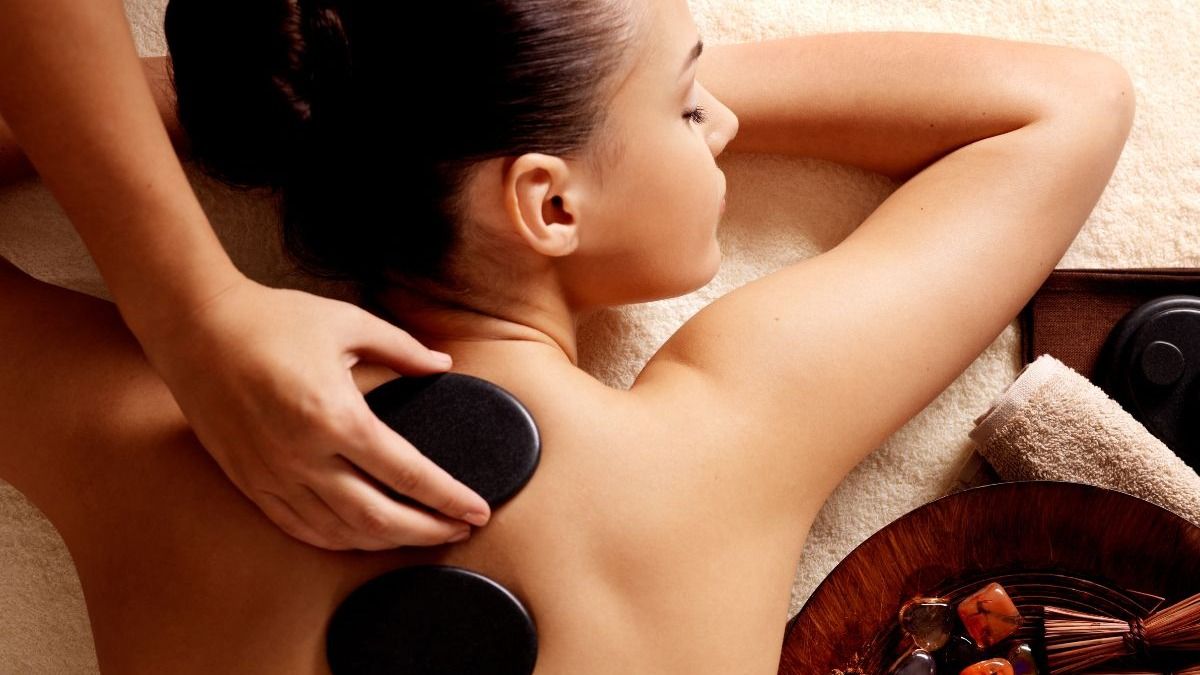
Experience counts, especially for complex cases requiring tailored approaches. An experienced therapist will have refined their skills in handling diverse client needs, managing sensitive skin, and addressing various health conditions.
Specializations may include sports massage, prenatal massage, or reflexology, which can complement hot stone massage or enhance its effects. If you have specific concerns, such as chronic pain or anxiety, seek therapists with proven expertise in these areas.
Reviews and Recommendations

Customer reviews and testimonials serve as valuable indicators of quality service. Online platforms, social media, and word-of-mouth referrals can help identify reputable clinics and practitioners.
Visit websites or directories dedicated to wellness services in Brisbane, noting those with high ratings and positive feedback. Personal recommendations from friends or family who have experienced exceptional hot stone massage can lead you to trusted professionals.
Environment and Ambiance
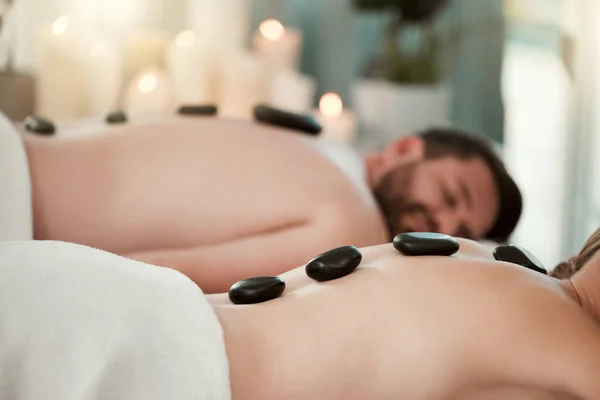
The setting where the massage occurs greatly impacts your overall experience. Choose a clinic or spa that emphasizes cleanliness, comfort, privacy, and ambiance conducive to relaxation. Soft lighting, calming music, and pleasant scents create a sensory environment that complements the effectiveness of the therapy.
Before booking, inquire about the facilities, equipment, and safety measures in place. Ensure the practitioner is attentive to hygiene and adheres to proper sanitization protocols.
Cost and Package Options
Pricing varies based on location, experience, and session length. While affordability is important, prioritize quality and safety over cost alone. Many clinics offer package deals or memberships that can provide savings for regular treatments.
Be clear about what is included in the session—such as consultation, duration, and any add-ons—so you can make an informed decision aligned with your wellness goals.
Read more: Top Tips for Finding the Best Body Massage in Brisbane
Conclusion
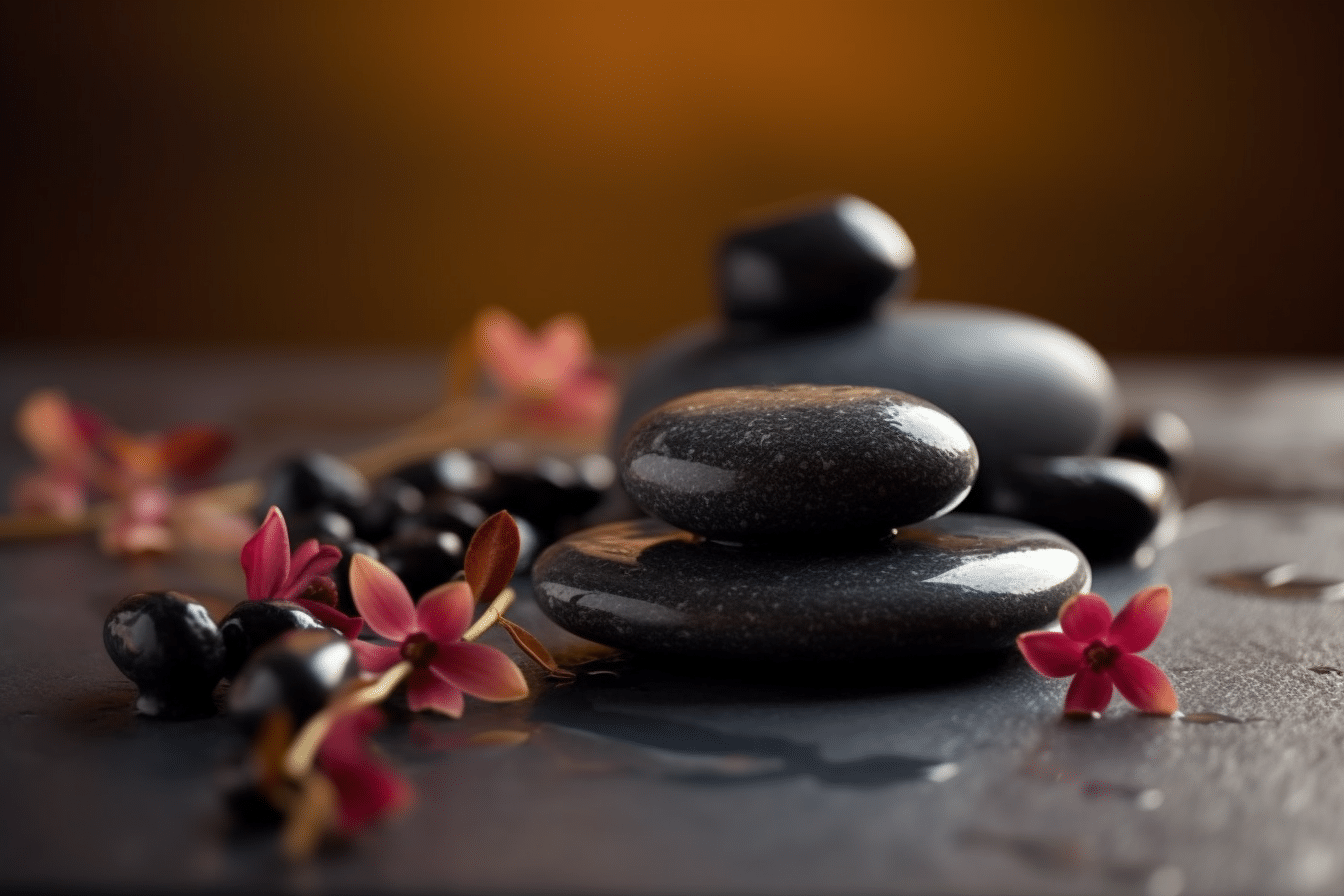
Exploring the realm of hot stone massage reveals a compelling combination of ancient healing practices and modern therapy techniques aimed at fostering relaxation, alleviating pain, and enhancing overall health. From mastering the precise application of heated basalt stones to selecting the right equipment and practitioners, every step plays a vital role in ensuring a safe and beneficial experience. The extensive physical, emotional, and circulatory benefits underscore why hot stone massage continues to be a sought-after treatment worldwide.
Whether you’re seeking relief from muscular tension or simply desiring a moment of tranquility, discovering the techniques and tips outlined here can guide you toward a more enriching and effective journey into holistic wellness. And for those in Brisbane, finding a qualified professional ensures you receive expert care tailored to your individual needs, unlocking the full potential of this soothing therapy.
